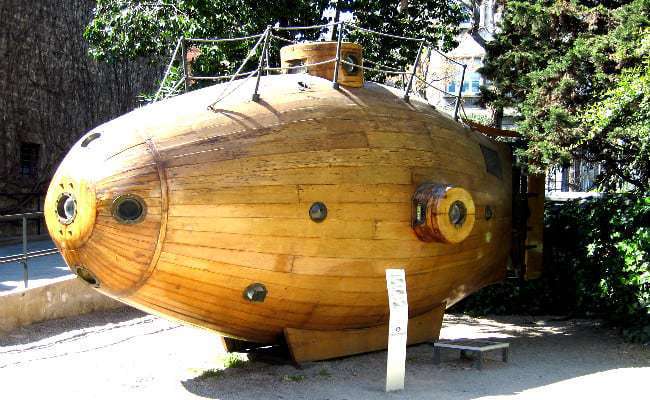When the British mathematician and naval manuals writer William Bourne first wrote about the enclosed boat which could be submerged and rowed underwater, no one had the slightest idea there would ever be a world war. The time was 1578. Science was nascent. And the idea of submarines was born.
Bourne did not build this boat he conceived. But when Cornelius van Drebbel picked up the idea, he laid the foundation for what would later become an indispensable military seagoing vessel. The 19th century became the peak for the advancement of the concept of undersea vehicles. Wars came and made this process an urgent necessity. Their locomotive power evolved from mere hand cranks and pedals to powered engines. Submarines soon started showing up in actual combats. Here are seven of the pioneering vessels that first took the plunge beneath the surface of deep waters.
7. Drebbel

Cornelius Drebbel, alias Cornelius van Drebbel, a Dutch inventor took up William Bourne’s idea of an undersea boat and constructed the very first working prototype of a sub in the 17th century. This was merely a modified version of the typical rowboat. The chassis was coated in greased leather and the vessel was operated by a crew of oarsmen.
In its trial phase, he dived the vessel successfully between 12 and 15 feet beneath the surface of River Thames. The demonstration was witnessed by King James and a huge multitude of astonished English onlookers.

